The origins of the Oxford shoe and why it will never go out of style
‘Oxfords, not brogues’ are words to live by, but what do they actually mean?


When you purchase through links on our site, we may earn an affiliate commission. Here’s how it works.
When Harry Hart (Colin Firth) advised young Eggsy (Taron Egerton) to wear ‘Oxfords, not brogues’, in Kingsman: The Secret Service, it sent sartorially-challenged gents into a bit of a tizz. ‘But Oxfords are brogues!’ they cried, looking helplessly down at their feet, questioning everything they had been led to believe. And they weren’t wrong — Oxfords can be brogues and brogues can be Oxfords. The words refer to two different things: ‘Oxford’ relates to the shoe’s construction, while ‘brogue’ refers to its decorative detailing. Put it this way: ‘Oxfords, not brogues’ is like asking for ‘whisky, no ice’. Harry’s directive simply highlights the distinction between a formal and more informal style.
The Oxford shoe’s origin story is a little murky, but I think it is better attributed to a natural style evolution rather than a single individual. In Regency England, tight breeches were slowly replaced with fuller-cut trousers that were too wide to tuck into the then-usual knee-high boots, but too slim to look elegant worn over the top of them. In about 1825, Oxford University students began cutting their tall and fiddly boots down by hand. The result was an easy-to-lace and shorter boot, and then — after some more trimming — a shoe, quickly branded the ‘Oxoniana’.
It is the Oxford’s mechanics — its lacing system — that defines it, and not its origins or its purpose. The shoes are constructed by stitching the eyelet tabs under the vamp so as not to be visible, forming a slim-fitting thing that sits close to the foot. The most refined style, the Wholecut Oxford, is made from a single, uninterrupted piece of leather. Good Oxfords are subtle, elegant and comfortable; the perfect choice for long engagements.
By the beginning of the 20th century, Oxfords were being worn with sporting clothes and casual attire, and were popular with the rising middle classes who aspired to look like they led a life of leisure. And though the saying goes that the more brogueing on an Oxford, the more informal it becomes, its beauty is in its reliability. It works just as well with casual clothes as it does with a suit. Another phrase parroted around the Oxford is ‘no brown in town’, a viewpoint that brown shoes are too casual for urban, professional environments. However, Euan Denholm of Northamptonshire shoemaker Edward Green believes that it’s ‘a far more interesting choice — certainly a Milanese gent would always choose a brown over black as the shoe of choice to wear with a navy suit.’
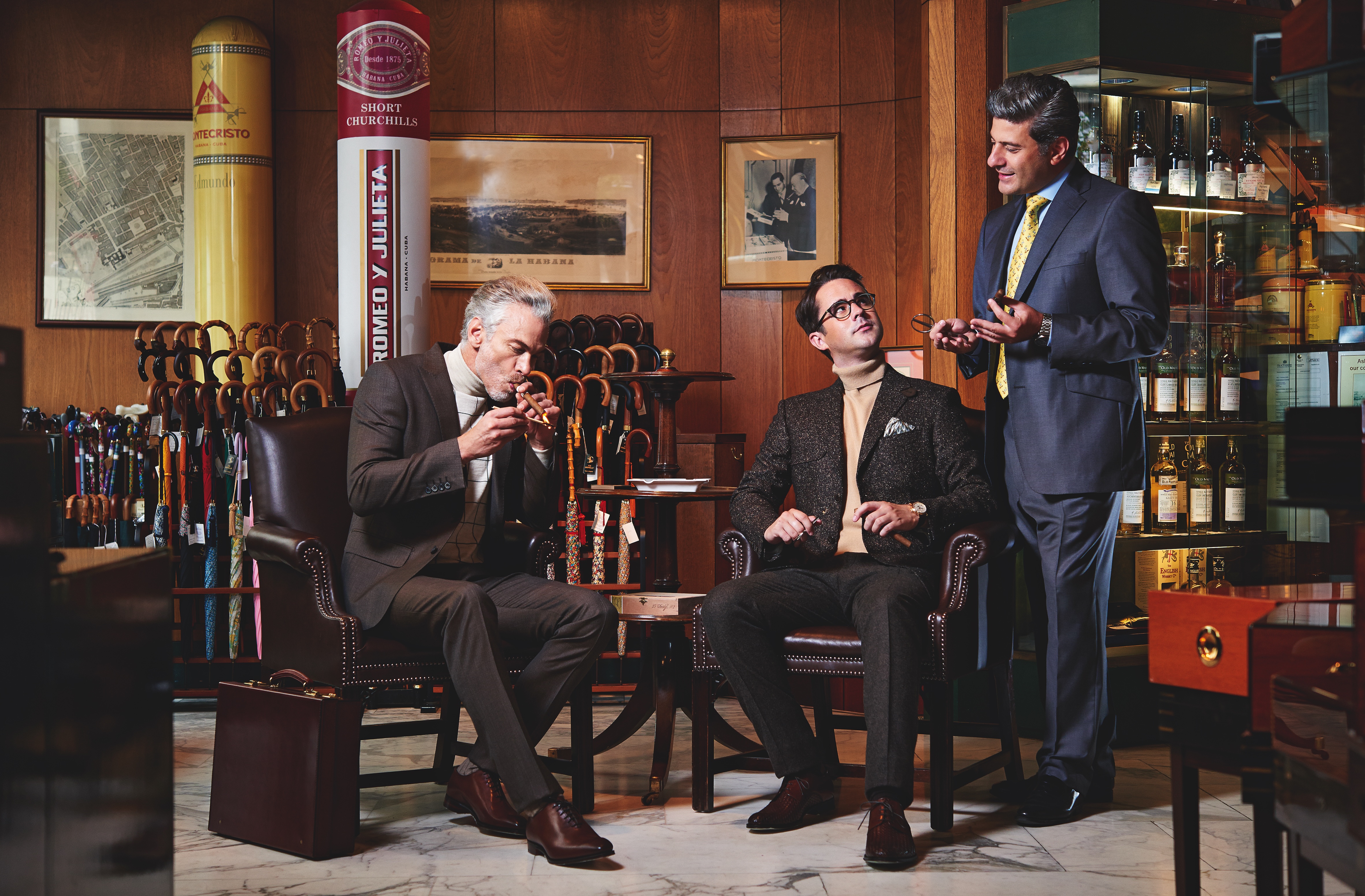
And who are we to argue with the Italians?
Exquisite houses, the beauty of Nature, and how to get the most from your life, straight to your inbox.
Amie Elizabeth joined Country Life in 2022. She studied history at Edinburgh University and previously worked in interior design and fashion styling. She regularly contributes to Country Life’s London Life section and compiles the weekly Barometer feature. She also writes for Luxury London and has covered everything from Chanel suits and art events, to the best pies in London.
-
 Madonna, David Bowie, Elizabeth II and me — this is what it’s like to have your photograph taken by Rankin
Madonna, David Bowie, Elizabeth II and me — this is what it’s like to have your photograph taken by RankinThe world-renowned photographer has worked with everyone from acting royalty, to actual royalty. His next subject? Country Life’s wandering scribe, Lotte Brundle.
-
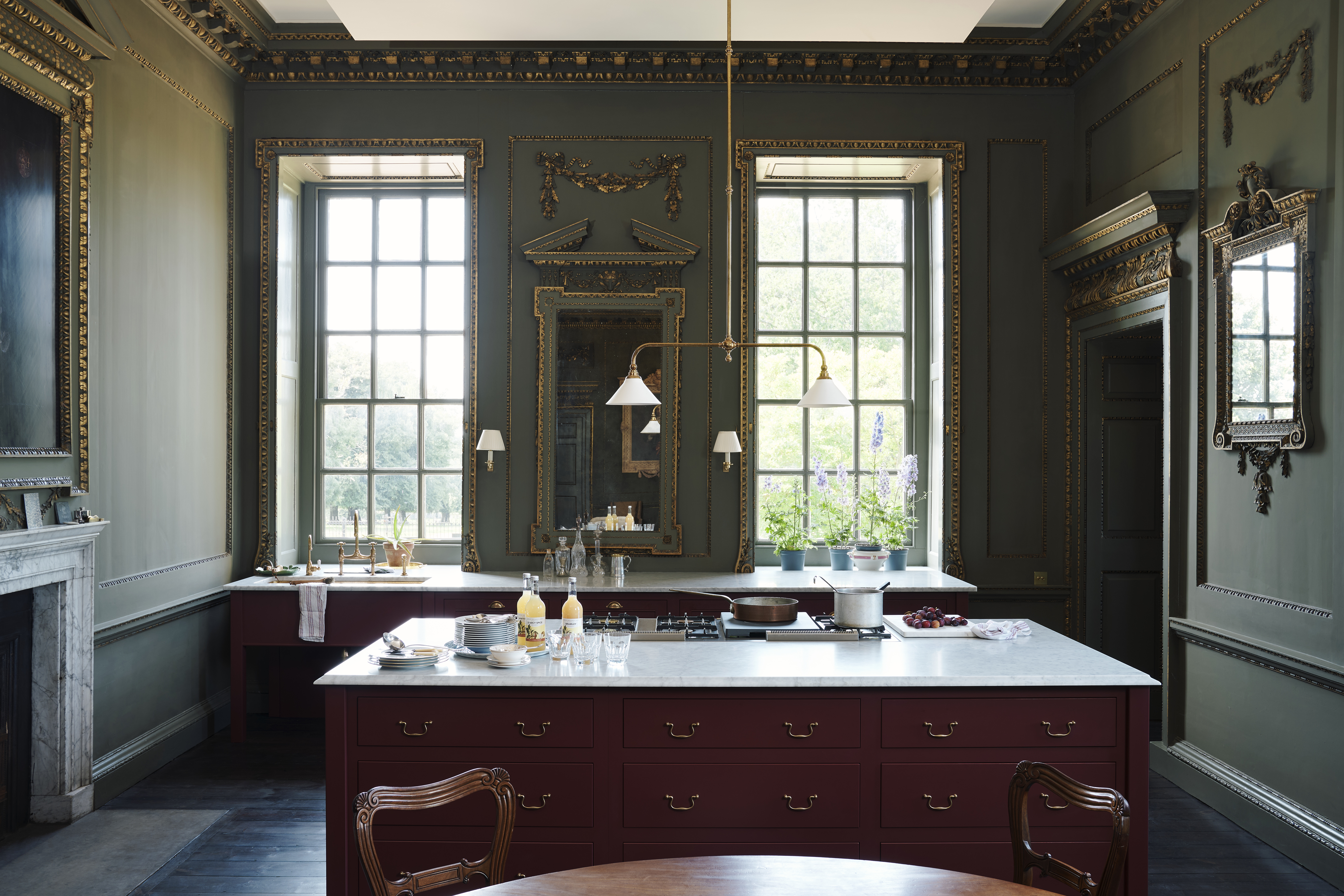 How one family went about creating a welcoming kitchen in one of England's neo-Palladian houses
How one family went about creating a welcoming kitchen in one of England's neo-Palladian houses‘We were nervous about creating a kitchen in such a grand room.'
-
 Madonna, David Bowie, Elizabeth II and me — this is what it’s like to have your photograph taken by Rankin
Madonna, David Bowie, Elizabeth II and me — this is what it’s like to have your photograph taken by RankinThe world-renowned photographer has worked with everyone from acting royalty, to actual royalty. His next subject? Country Life’s wandering scribe, Lotte Brundle.
-
 Items from the collection of Lady Glenconner are going under the hammer, including a nine-carat gold Cartier box gifted to her by Elizabeth II
Items from the collection of Lady Glenconner are going under the hammer, including a nine-carat gold Cartier box gifted to her by Elizabeth II‘I have had such great pleasure living with these wonderful objects, each telling their own fascinating story.’
-
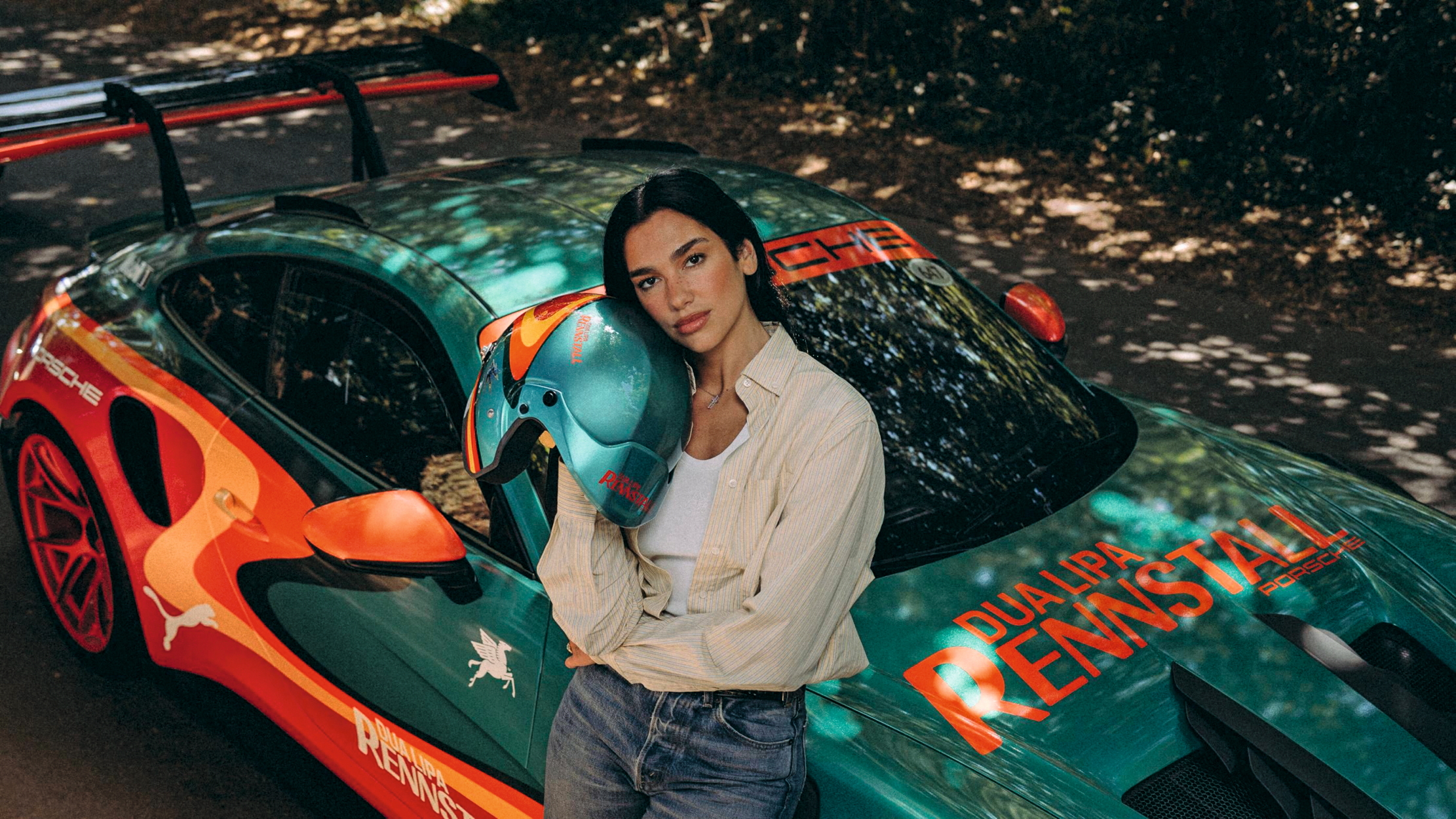 What do women want (on wheels)?
What do women want (on wheels)?James Fisher gets to drive fast cars for a living, but are sleek lines and high horsepower quite the 'babe magnets' so many men think they are? On a quest to find the truth, he dared do the unthinkable.... which was to just ask them.
-
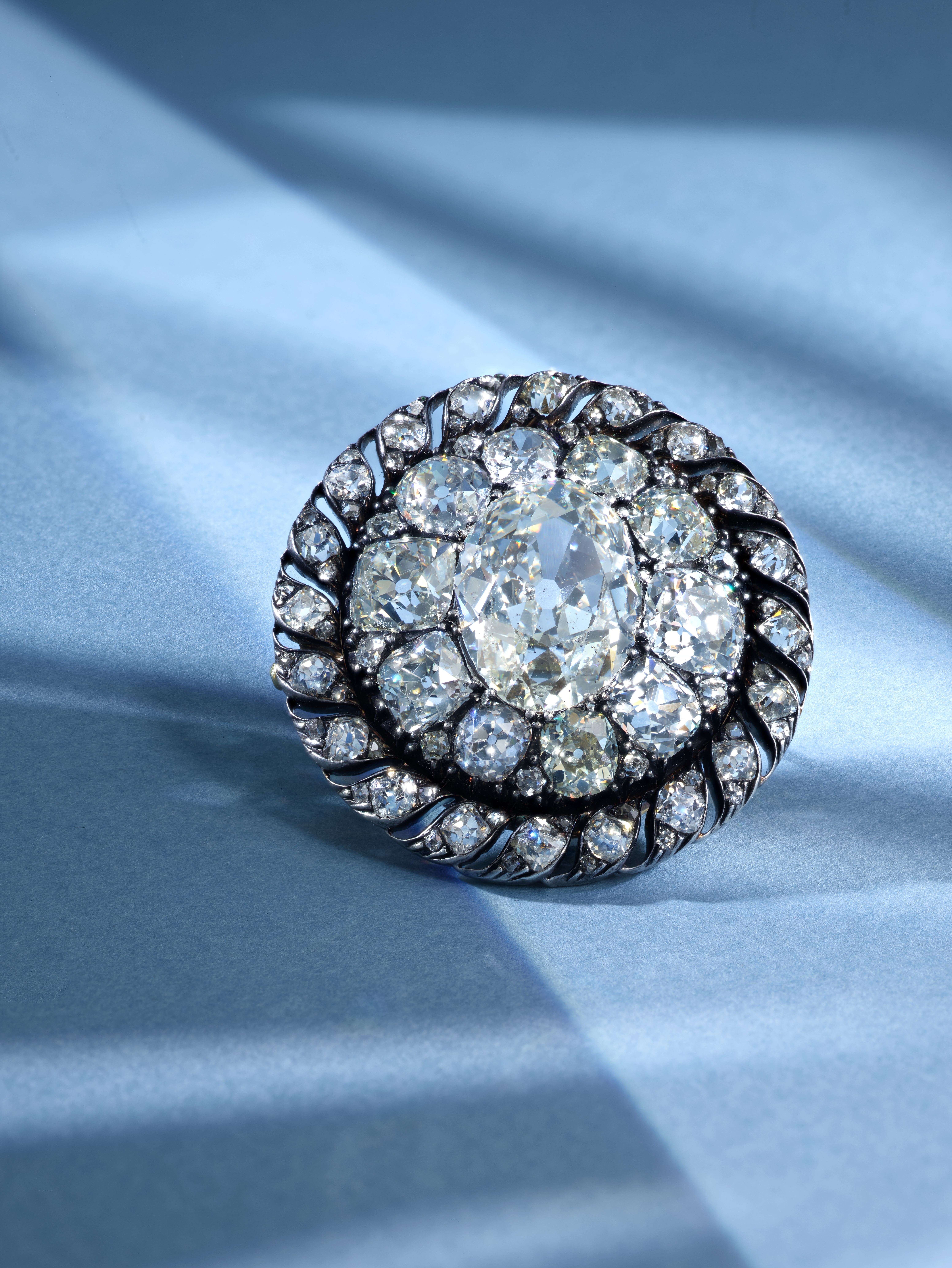 Cheaper to steal than to buy: Napoleon's brooch sells for £4.4 million – 17 times its estimate
Cheaper to steal than to buy: Napoleon's brooch sells for £4.4 million – 17 times its estimateNapoleon's one-of-a-kind brooch went under the hammer and vastly outstripped its pre-sale estimate.
-
 Savile Row might be the beating heart of bespoke men's tailoring, but it was named after a woman
Savile Row might be the beating heart of bespoke men's tailoring, but it was named after a womanSavile Row is the home of the bespoke suit, but its history is a lot more colourful than you might expect.
-
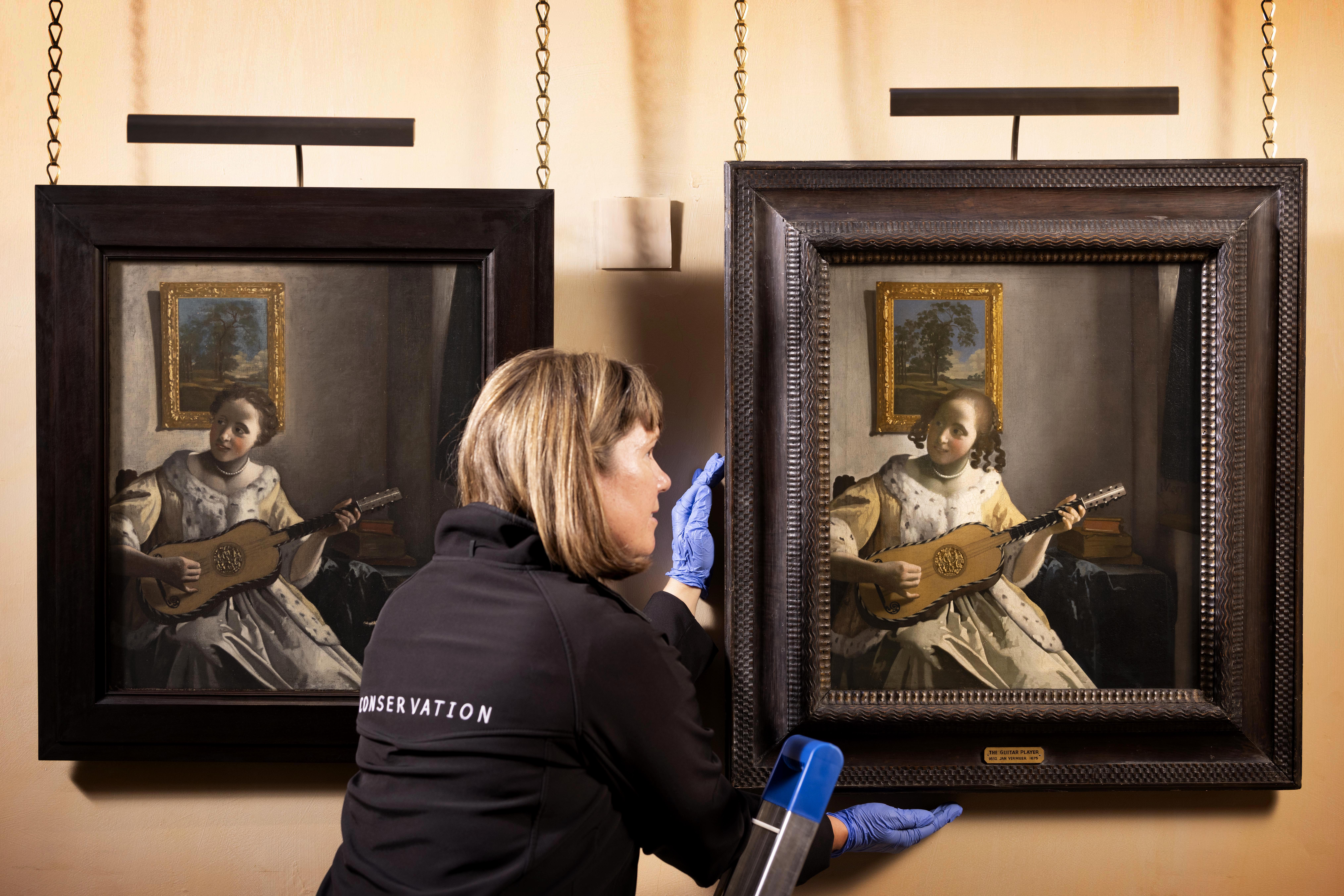 A painting owned by Edward Guinness is on display next to a near identical version at Kenwood House — but which one is the real Vermeer?
A painting owned by Edward Guinness is on display next to a near identical version at Kenwood House — but which one is the real Vermeer?A mini exhibition at Kenwood House allows viewers to ‘to practise their own connoisseurship’.
-
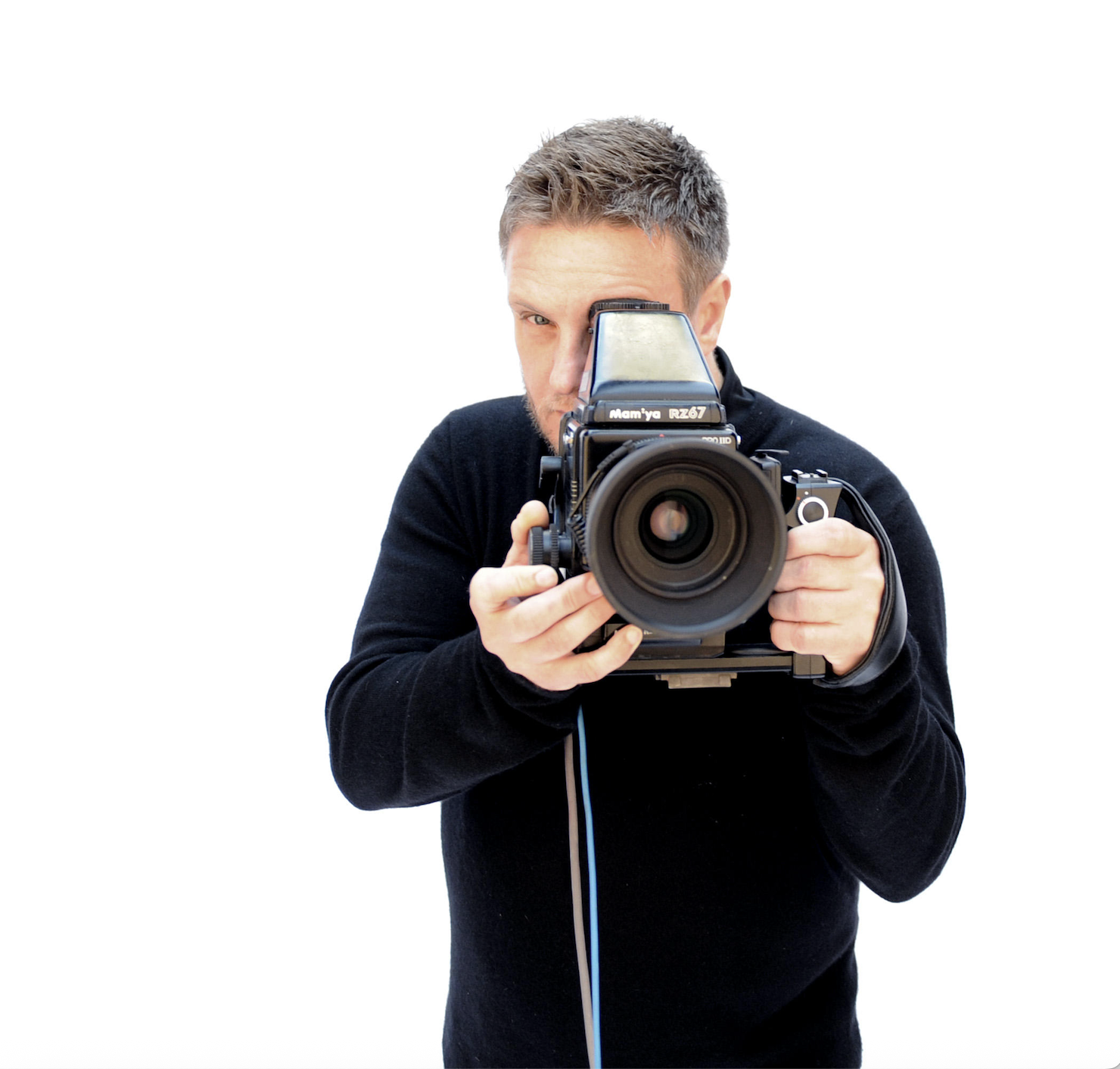 ‘She was absolutely extraordinary. One of my favourite things, photographing her, was the power that came through the door’: Rankin on capturing Elizabeth II, embracing artificial intelligence and almost becoming an accountant
‘She was absolutely extraordinary. One of my favourite things, photographing her, was the power that came through the door’: Rankin on capturing Elizabeth II, embracing artificial intelligence and almost becoming an accountantThe world-renowned photographer tells Lotte Brundle about his most memorable meal, with Liam Gallagher, Patsy Kensit, Elvis Costello and the bass player in The Pogues — along with the rest of his consuming passions.
-
 What is everyone talking about this week: The great generational wealth transfer foretold by the financial press has already begun in the form of given heirlooms
What is everyone talking about this week: The great generational wealth transfer foretold by the financial press has already begun in the form of given heirloomsIf you're planning to propose to someone forget Graff or Cartier because it's time for tea with Granny.




